Serialism took the world of classical music by storm when it emerged in the 1920s. Rather than using the traditional tonal system of major and minor key centers, composers instead came up with a system that utilized a repeating tone row, in which all twelve notes of the chromatic scale are used in a set order and given more-or-less equal importance. Later on, composers began to experiment with applying these serial techniques to other elements of music, such as rhythm and dynamics.
In this article, we’ll take a look at ten composers who pioneered the use of these techniques, from the original innovators of twelve-tone music to the total serialists and beyond. We’ll also include a recommended piece and a YouTube link for each of these great figures, so there’ll be plenty of listening for you to get stuck into.
1. Josef Matthias Hauer
Hauer isn’t as well known as some of the names on this list, and it is Arnold Schoenberg who is generally thought of as the father of serialism.
However, it was Hauer, an Austrian composer, who in 1920 came up with the very first system of composition which used all twelve notes of the chromatic scale, a few years before his more famous fellow countryman.
In fact, while the two men were initially on friendly terms, they increasingly became bitter towards one another as a disagreement fostered over who had pioneered twelve-tone music first.
A rather eccentric figure, Hauer came up with his own unique system of musical notation, which utilized an eight-line stave that dispensed with written accidentals and was based upon the layout of the piano keyboard.
His system made use of trope tables and six-note hexachords (in place of Schoenberg’s famous tone rows), while he also took influence from ancient Chinese philosophy and used elements of chance in his music, arguably anticipating the music of John Cage and other major avant-garde composers.
Much of Hauer’s work is now all but forgotten, and his music proved to be much less influential than that of his rival, Schoenberg, but he is certainly an important and intriguing figure in the history of serialism.
2. Arnold Schoenberg
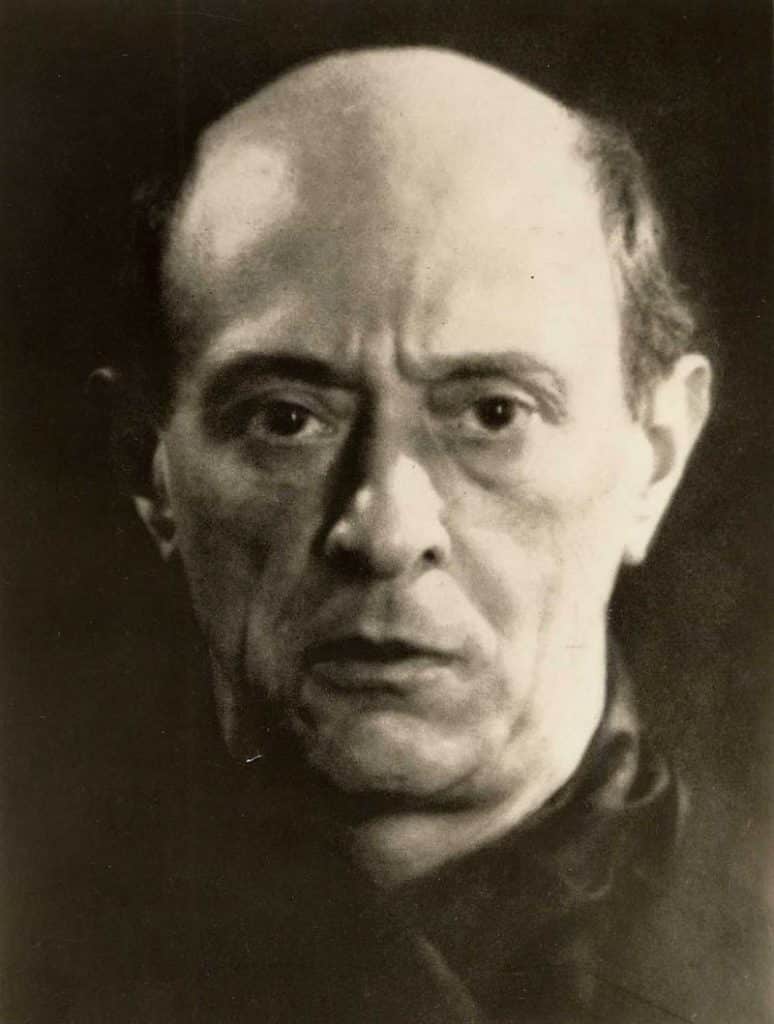
He may not have been the first person to compose using twelve-tone technique, but Arnold Schoenberg came up with the system that most people mean when they talk about serialism.
Around the beginning of the 20th Century, as the Romantic era drew to a close, there was a feeling that little more could be done within the harmonic and structural conventions that had essentially been in place for hundreds of years.
Schoenberg sought to break down these conventions entirely.
After some initial experiments with free atonality, he came up with a system based upon tone rows.
A tone row uses all twelve notes of the chromatic scale in a fixed order, with each note used once before any repetition is seen.
Each note is then given more or less equal importance, and we dispense with traditional chord sequences and cadences, producing a highly distinctive sound that is unlike anything that came before it.
Schoenberg, an Austrian composer, had an incalculable influence upon the hundreds of composers who have made use of his serialist techniques since the 1920s.
His Suite For Piano employs a tone row in each of its six movements:
3. Alban Berg

Initially self-taught as a composer, Berg’s early works were very much in the late Romantic tradition of Gustav Mahler and Richard Wagner.
But in 1904 he began taking composition lessons from Arnold Schoenberg, who was quick to recognize his talent and immersed his protege in avant-garde techniques including twelve-tone writing.
Berg was perhaps less strict about following serialism’s rules and systems than Schoenberg was, and his music is generally considered more accessible to a wider audience than that of his teacher.
His famous Violin Concerto (1935), like many of his works, combines twelve-tone technique with lyrical, post-Romantic tonalism.
His relatively small oeuvre also includes the operas Wozzeck and Lulu, as well as various chamber works.
4. Anton Webern
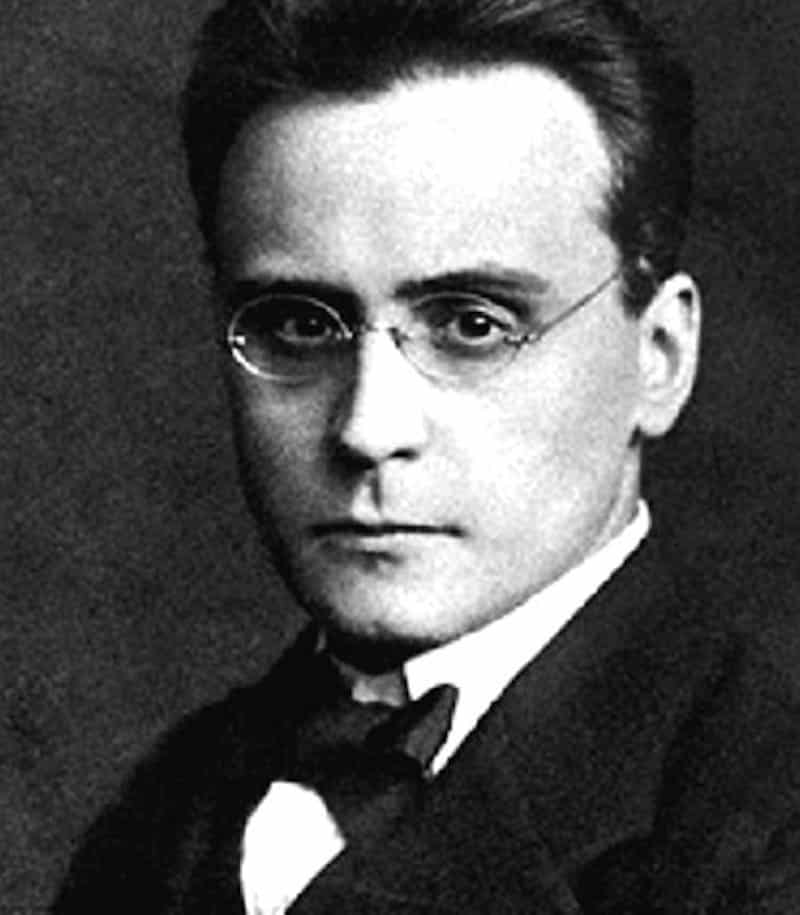
Along with Berg, Webern was Schoenberg’s most prominent pupil, and, together, the three were known as the Second Viennese School.
Just like Beethoven, Mozart, and Haydn – who were known as the First Viennese School – the innovative trio all lived and worked in Vienna, Austria.
Famously, a concert in 1912, which was conducted by Schoenberg and featured pieces by all three members of the Second Viennese School, provoked a near-riot due to the extremely experimental nature of the music that was heard.
Webern himself utilized Schoenberg’s techniques in a ruthless, mathematical manner.
Towards the end of his career, he began to apply them not only to melody, but to timbre as well, and this addition would prove highly influential upon the following generation of total serialists.
Along with Berg and Schoenberg, his radical music was banned under the Nazi regime.
5. Igor Stravinsky
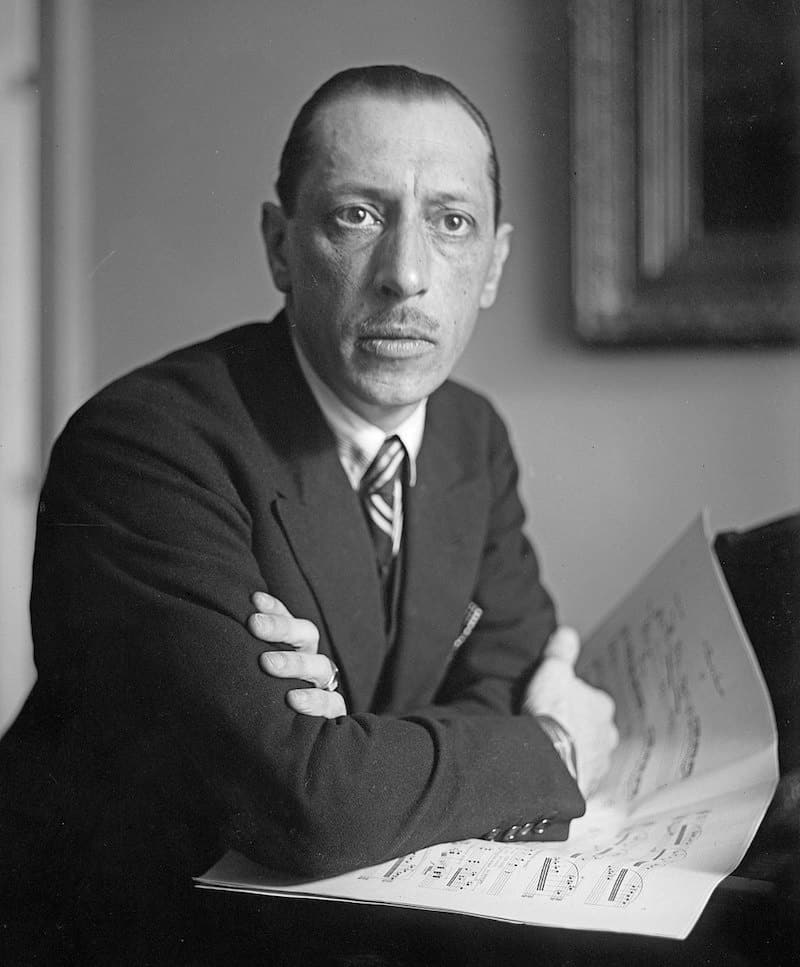
Stravinsky is by no means purely a serialist composer.
In fact, many of his most famous works – The Rite of Spring, The Firebird, Pulcinella Suite, for example – do not make use of serialist techniques.
Indeed, the Russian composer had been severely critical of twelve-tone approaches to composition and, as two of the major innovating stylists of 20th Century music, he and Schoenberg were known to have a fierce rivalry with one another.
As a result, shockwaves were sent through the classical music world when, following Schoenberg’s death in 1951, Stravinsky began to listen again to the Austrian’s music with fresh ears, before starting to incorporate twelve-tone techniques into his own pieces.
Canticum Sacrum, from 1956, maintains the rhythmic vibrancy of his more famous earlier works, but its second movement is based entirely upon a tone row:
6. Ruth Crawford Seeger
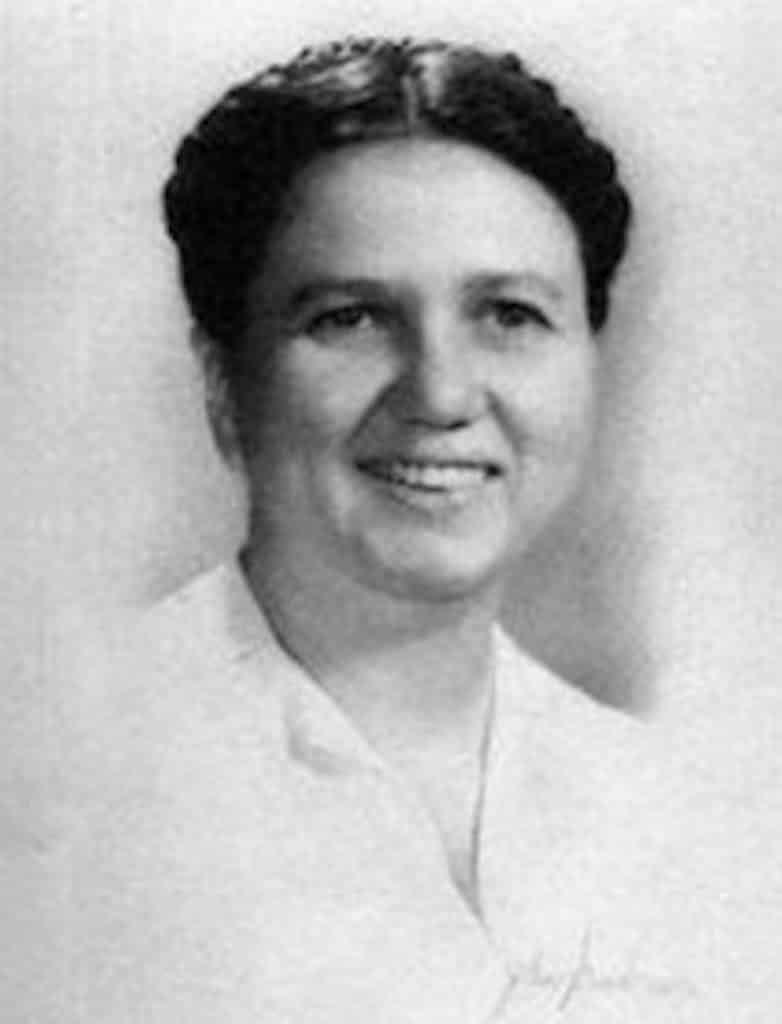
Crawford Seeger was an American modernist composer.
Whilst studying in Chicago her compositional style was highly influenced by the Russian composer Alexander Scriabin, but after moving to New York in 1929 she explored twelve-tone music and was one of the first composers (along with Webern) to apply serialist techniques to musical elements other than pitch.
She won the prestigious Guggenheim Fellowship, which allowed her to travel to Europe, where she met Alban Berg, Béla Bartók, and Arnold Schoenberg.
Crawford Seeger was also a virtuoso concert pianist and an interpreter and arranger of American folk songs, a field in which she was a noted expert.
String Quartet 1931 is considered her most important work:
7. Aaron Copland
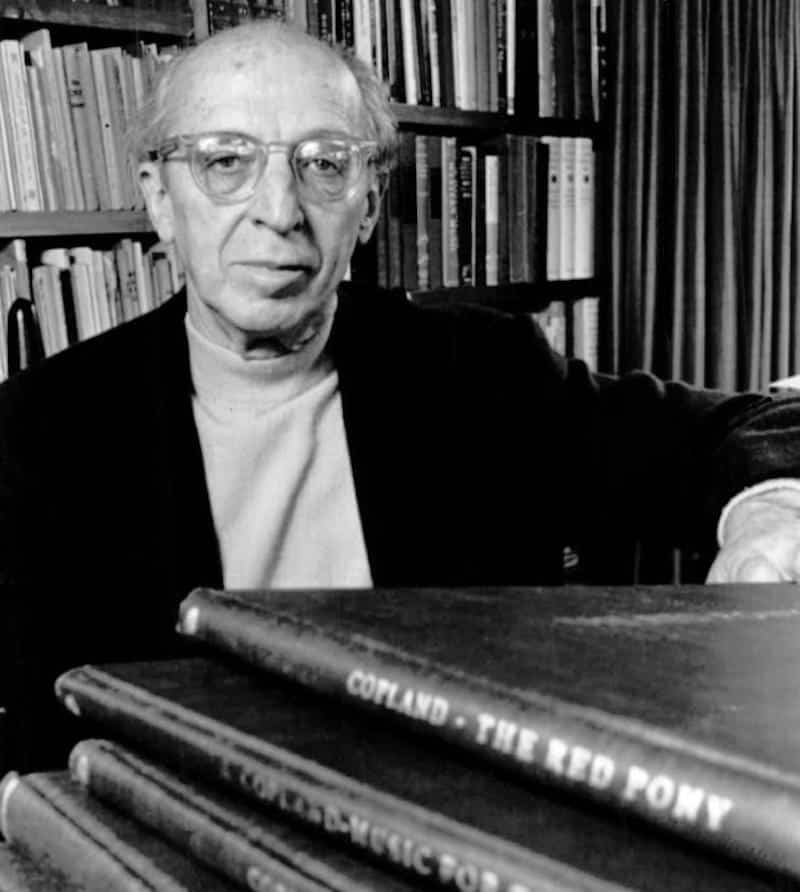
One of the greatest American composers, Aaron Copland shot to international fame as a composer of quintessentially American works that were often based upon folk melodies from his native land.
However, the New Yorker also studied Schoenbergian-style composition and made use of serialism in a number of his pieces.
However, rather than applying strict serialist rules, Copland would take a tone row and use it as a springboard for his own unique, distinctively American-sounding melodies and harmonies.
He claimed that using two tone rows as the basis for Inscape “freshened his harmonic palette”.
8. Pierre Boulez
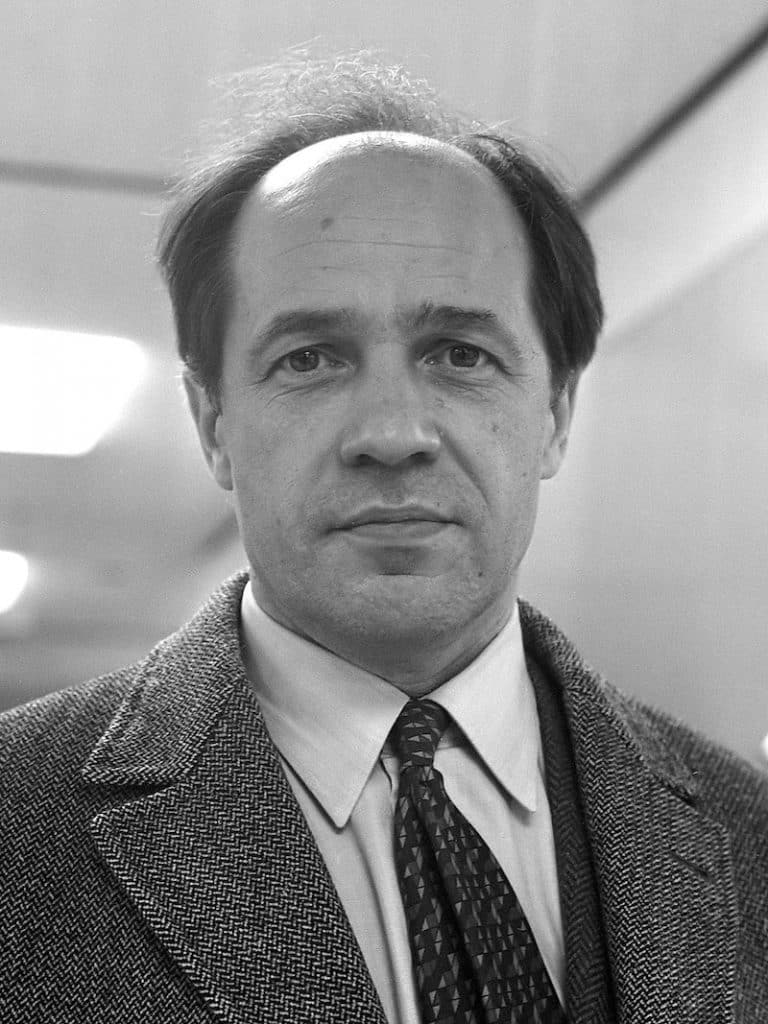
Up next, we have one of the most famous French composers, Pierre Boulez who was taught by both Olivier Messiaen and René Liebowitz, a student of Schoenberg’s who schooled him in twelve-tone technique.
One of his major accomplishments was pioneering the idea of total serialism.
While Schoenberg and his proteges had applied serialist techniques to pitch – with a fixed tone row that is repeated and often manipulated – total serialism uses this same idea with other musical elements, such as rhythm, dynamics and articulation.
Boulez also had a parallel career as one of the most celebrated conductors of the 20th Century, working with many of the world’s finest orchestras.
His piece Structures, written for two pianos, is one of the most influential examples of total serialism:
9. Milton Babbitt
Babbitt was another prominent total serialist, who applied serialist techniques to virtually all elements of his music.
A skilled mathematician, his challenging, highly ordered pieces serialized not only pitch, but also note duration, dynamics, timbre, and register.
But while Boulez and other prominent total serialists gradually abandoned the technique in favor of less restrictive methods of composition, Babbitt remained committed to the style until the end of his career.
The American enjoyed jazz and popular music, and his piece All Set placed twelve-tone music in the setting of a swinging jazz ensemble.
10. Karlheinz Stockhausen
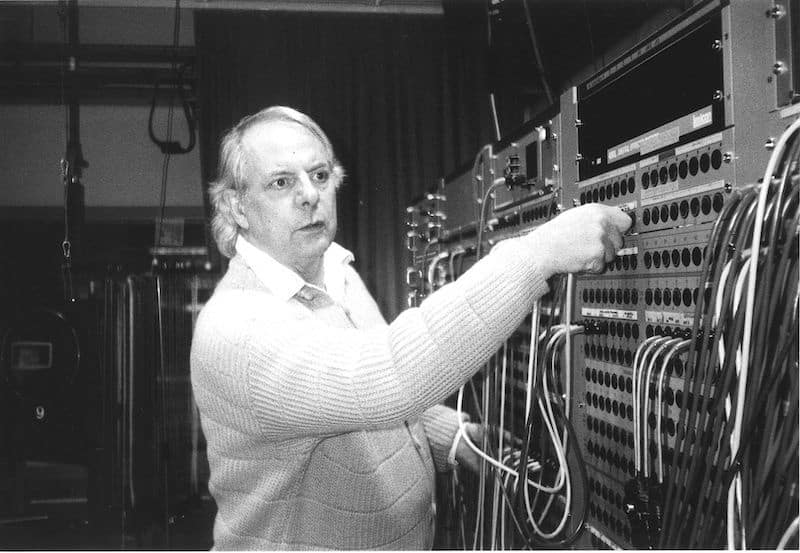
Stockhausen studied with Olivier Messiaen and Darius Milhaud in Paris, and it was the influence of the former, in addition to the music of Anton Webern, that led him to explore total serialism.
The German was at the forefront of the electronic music revolution in the 1960s and ‘70s – his Studie II was the first-ever notated piece of electronic music – and pioneered musique-concrète, in which recorded electronic sounds are used as raw material and then manipulated.
Stockhausen also fused serialism with elements of chance (or aleatoricism), a technique that became popular with composers such as John Cage.
The solo percussion piece Zyklos exemplifies this, in that it uses a graphic score and can be begun from any page in the score, with the performer choosing to either read from left-to-right or right-to-left or even with the score upside down:
Summary
That concludes our look at ten of the most important serialist composers.
One thing worth remembering is that serialism refers to a compositional technique, rather than a specific musical style, so while all of the names of this list have embraced serialism in writing their music, they cover a wide range of sound worlds and styles.
And while some of these characters remained committed serialists throughout their careers, others also wrote music that rejected the approach entirely.
We hope you’ve enjoyed learning about and listening to this selection of unique, ground-breaking composers.
